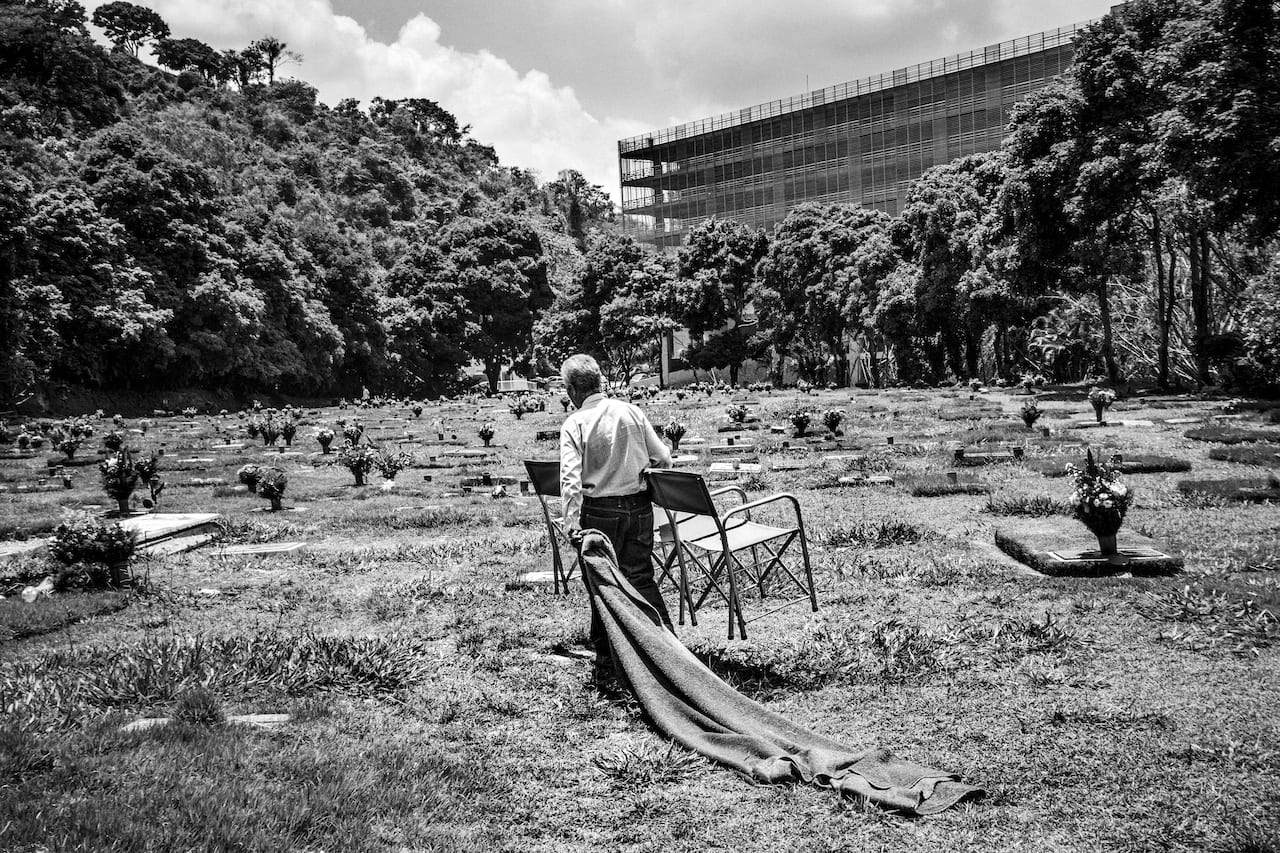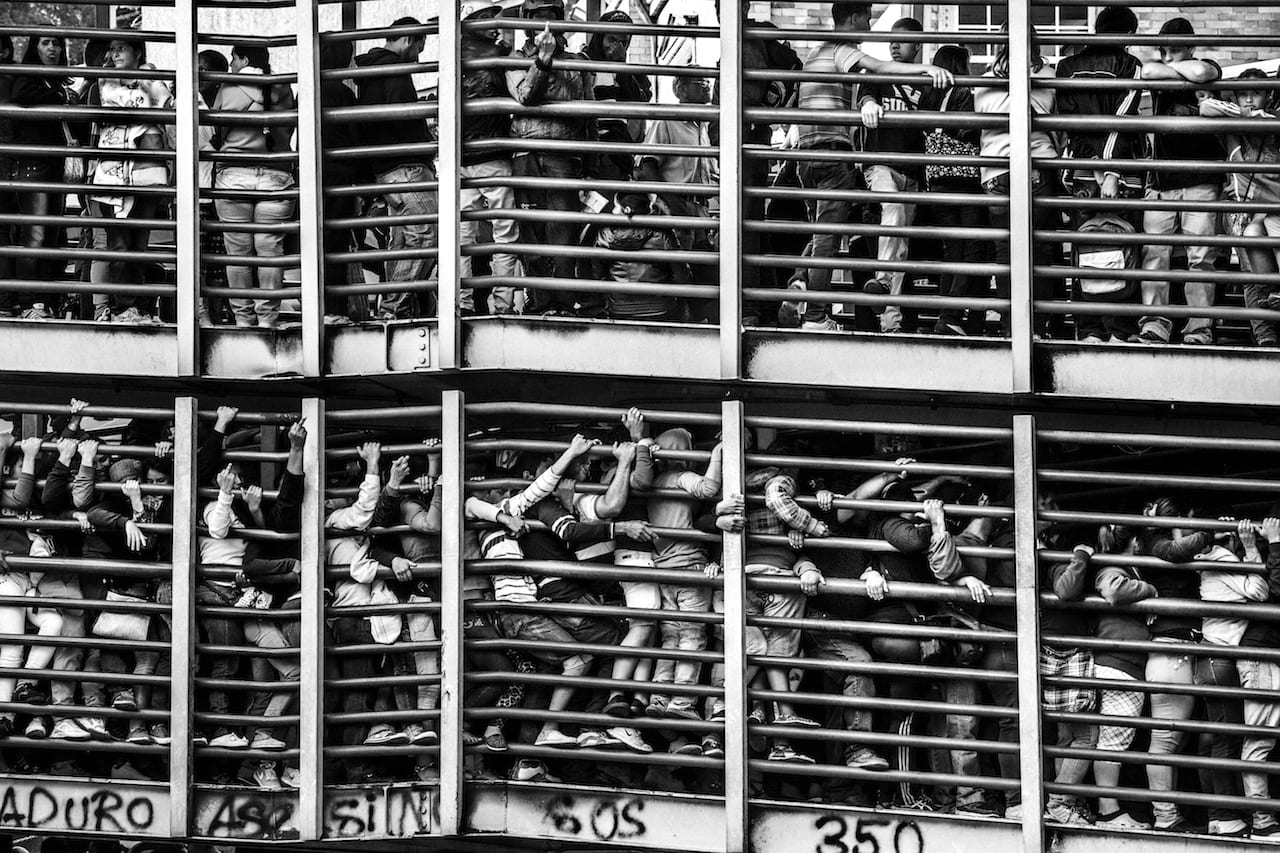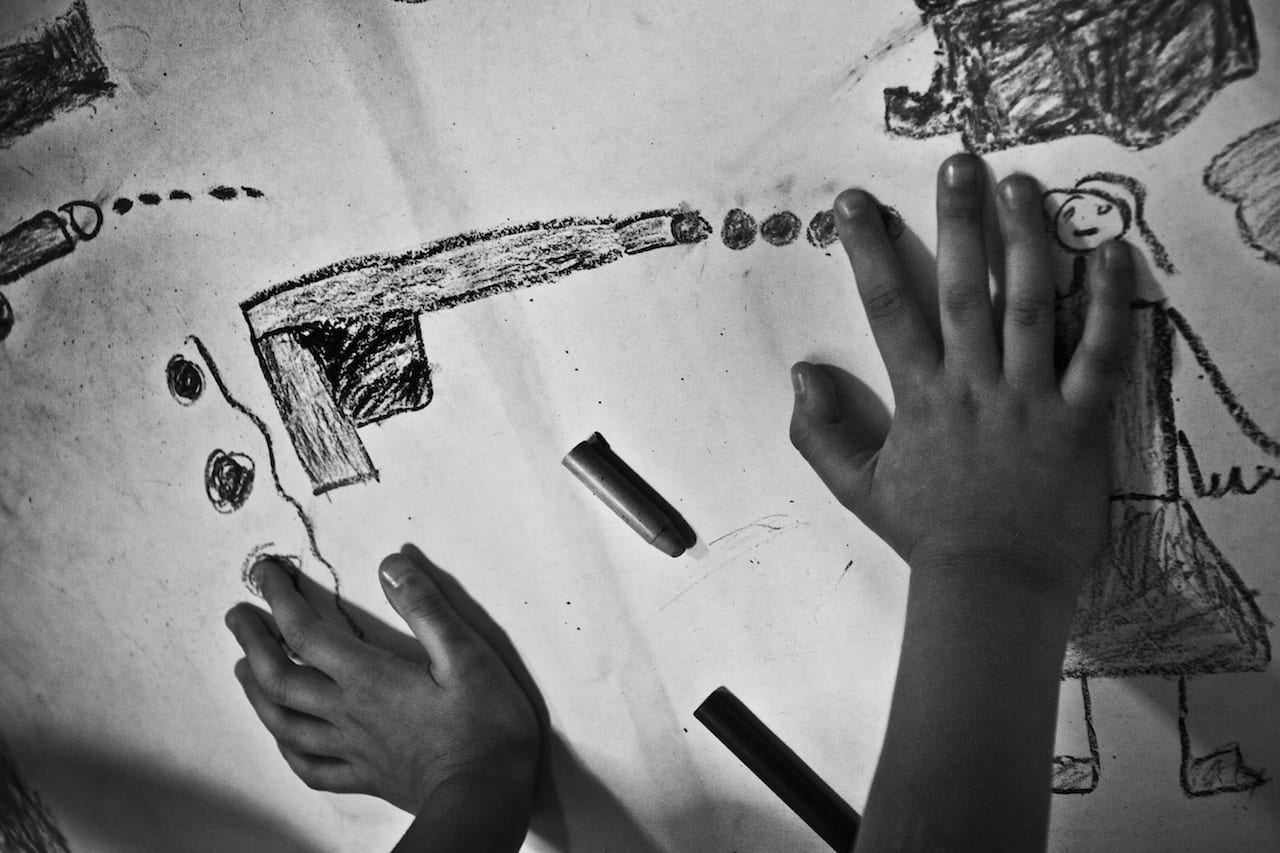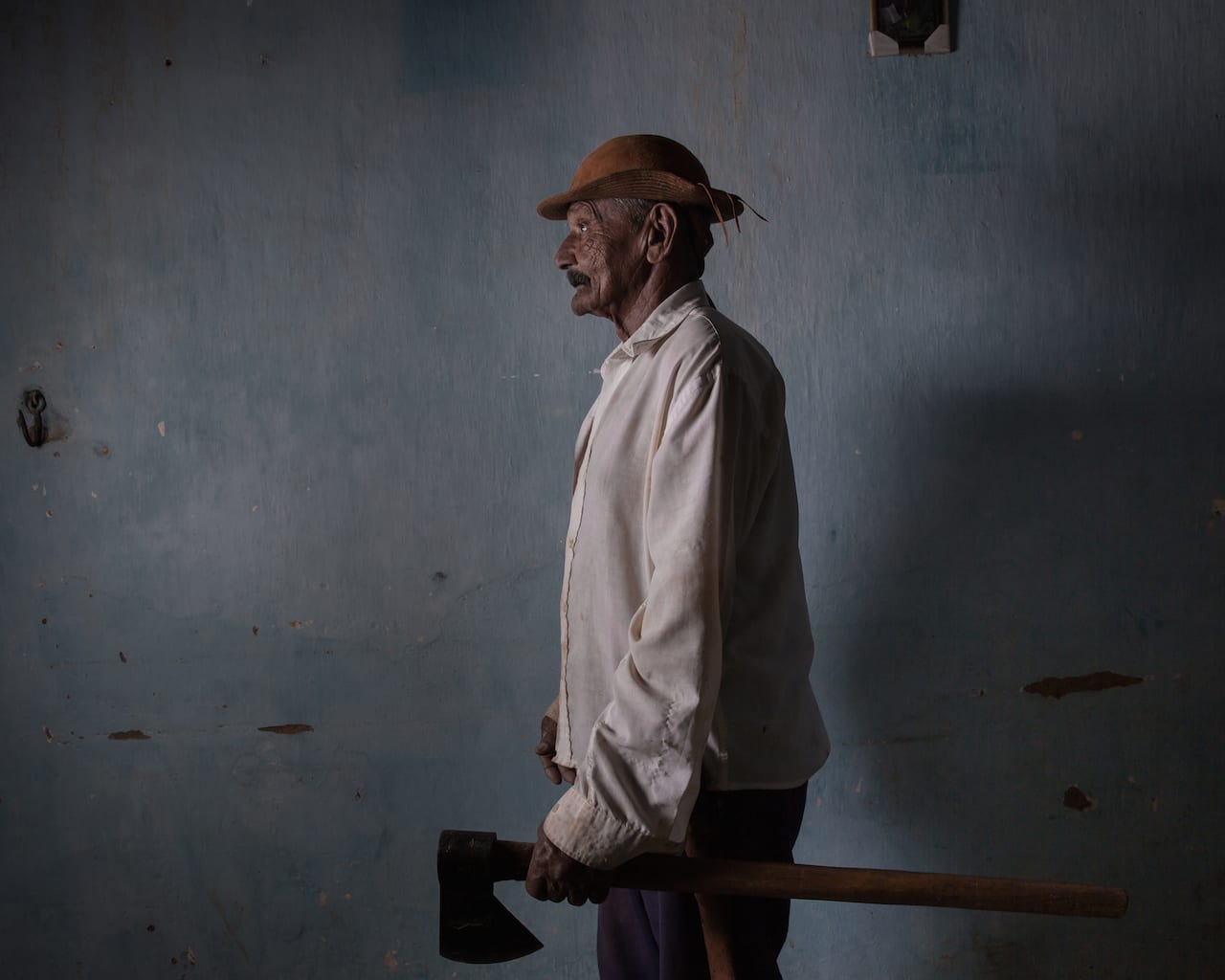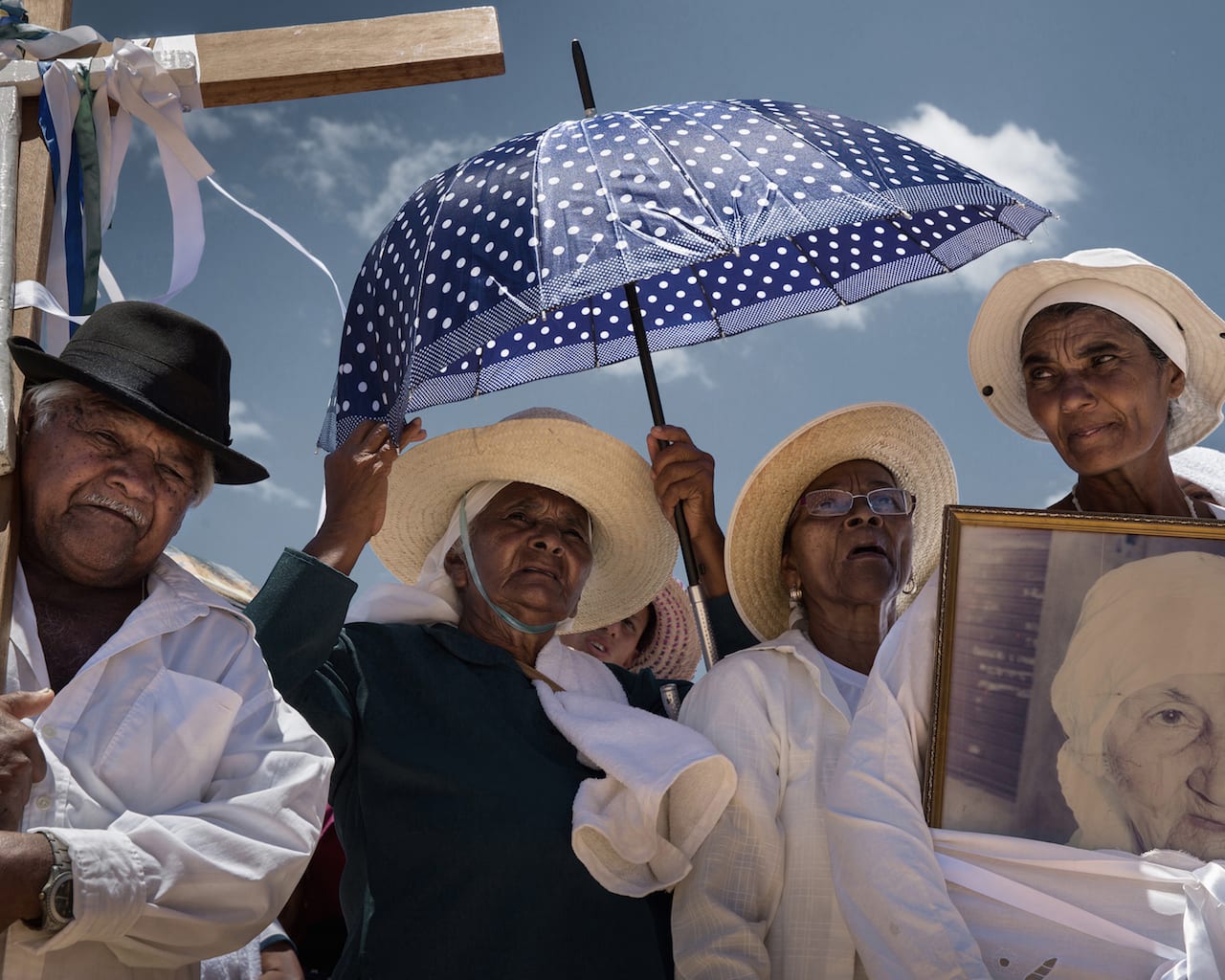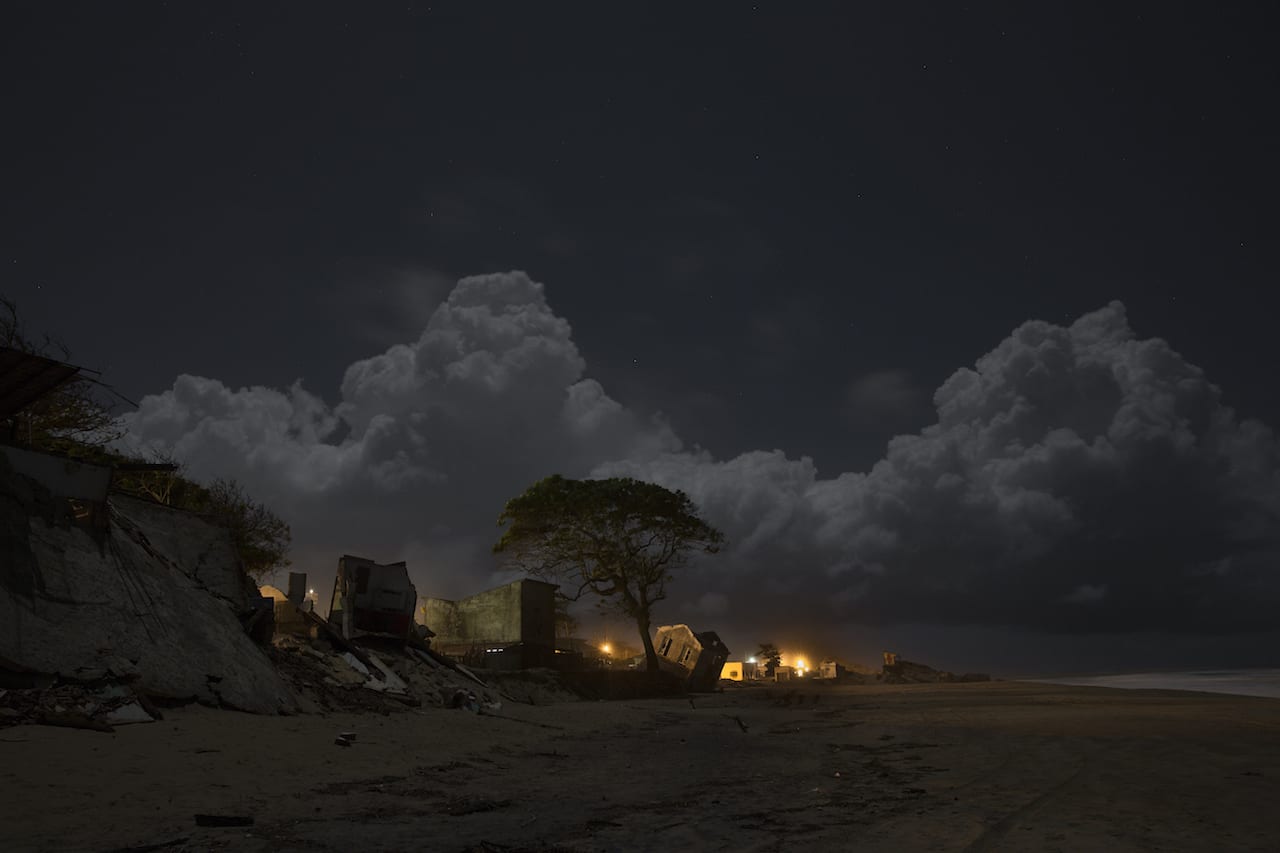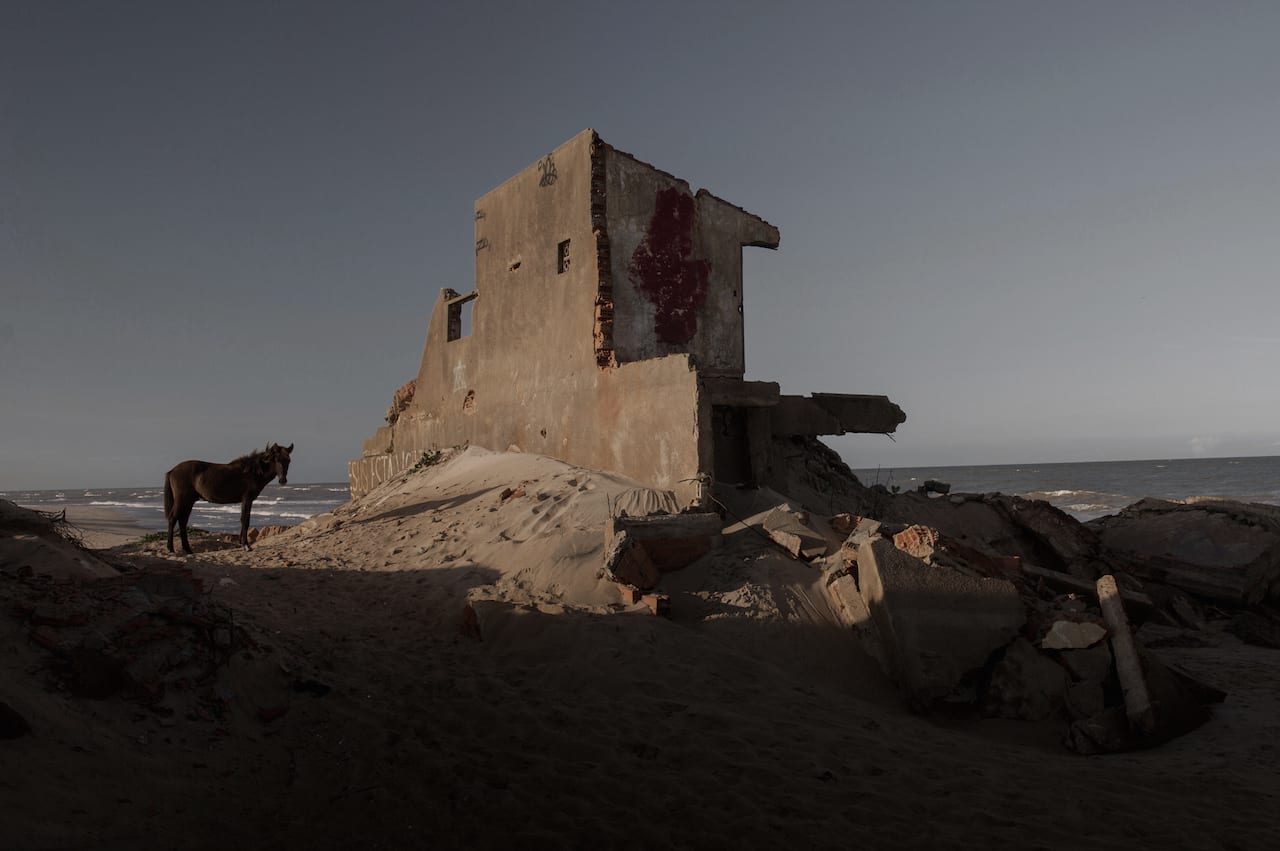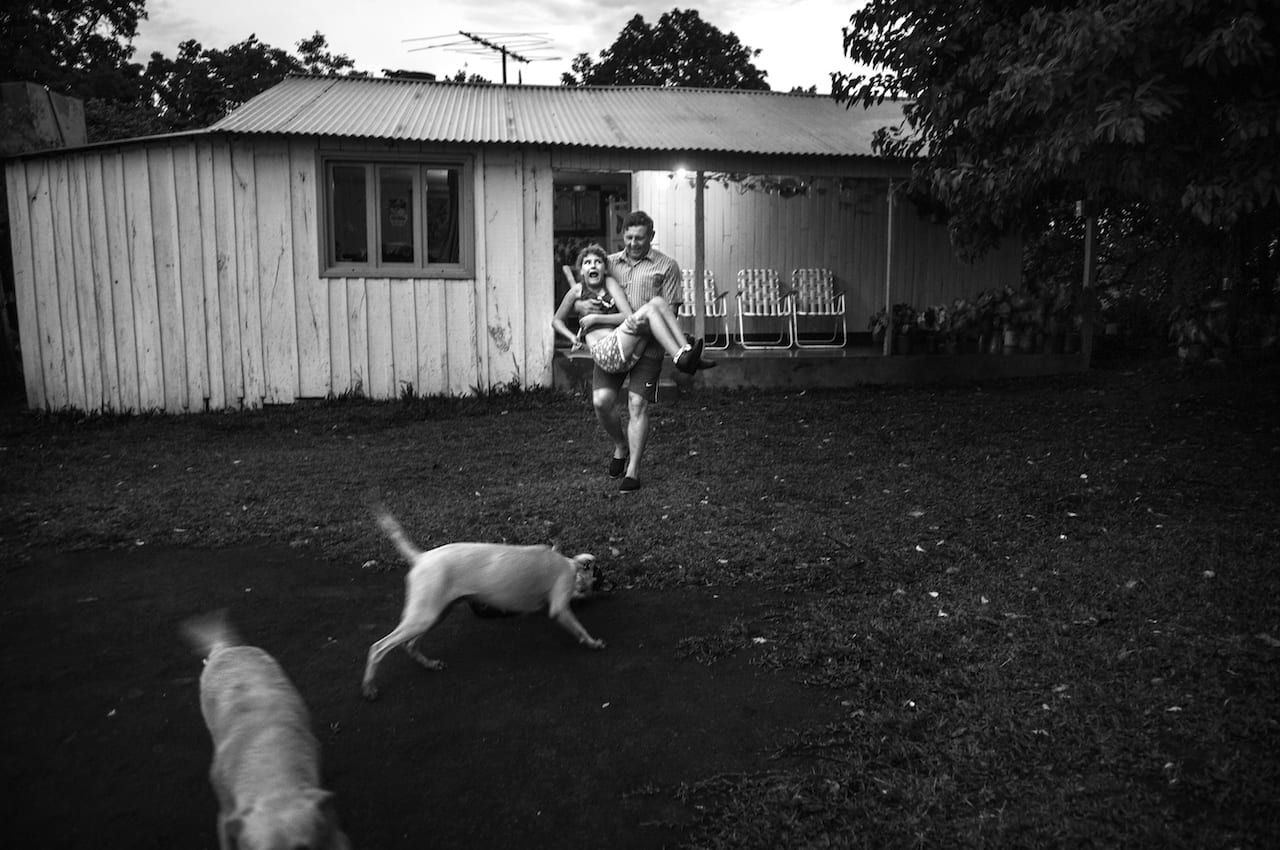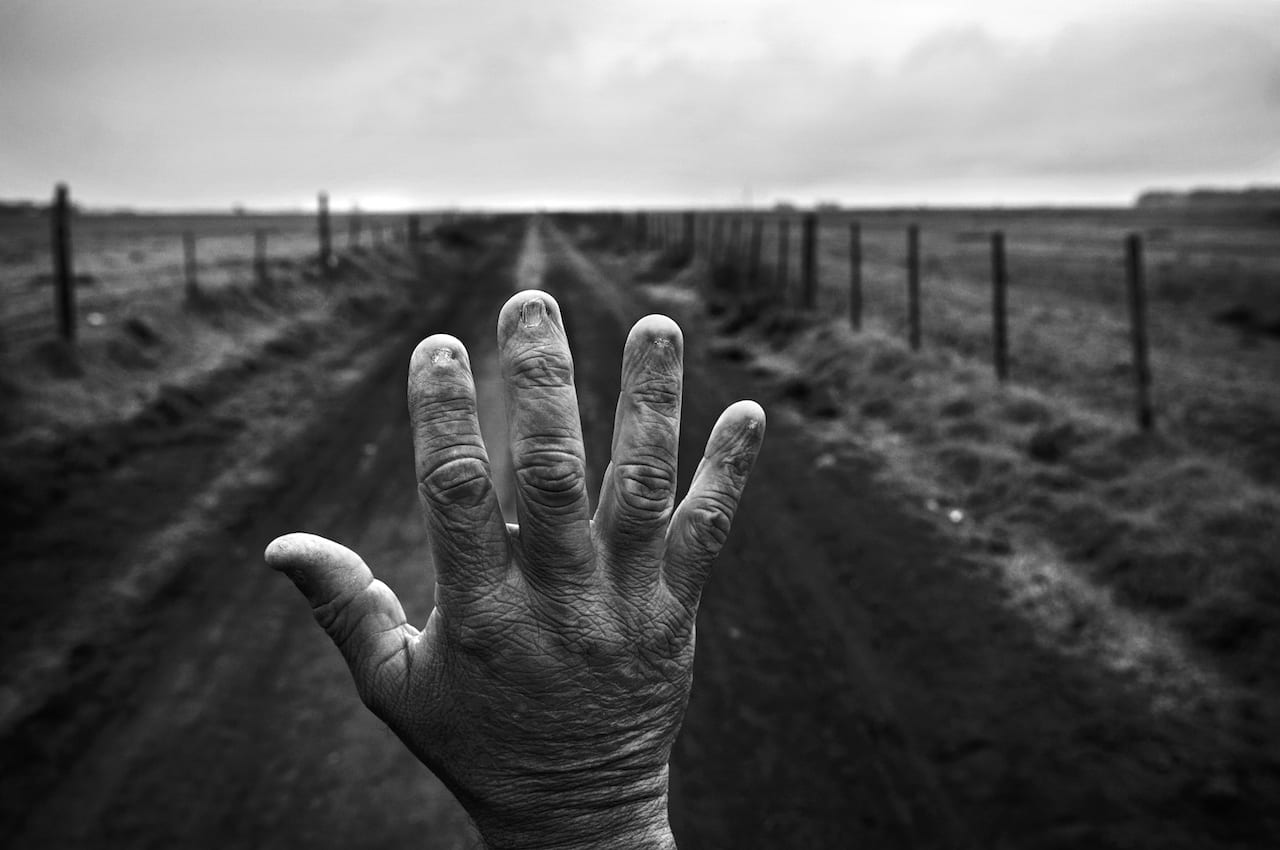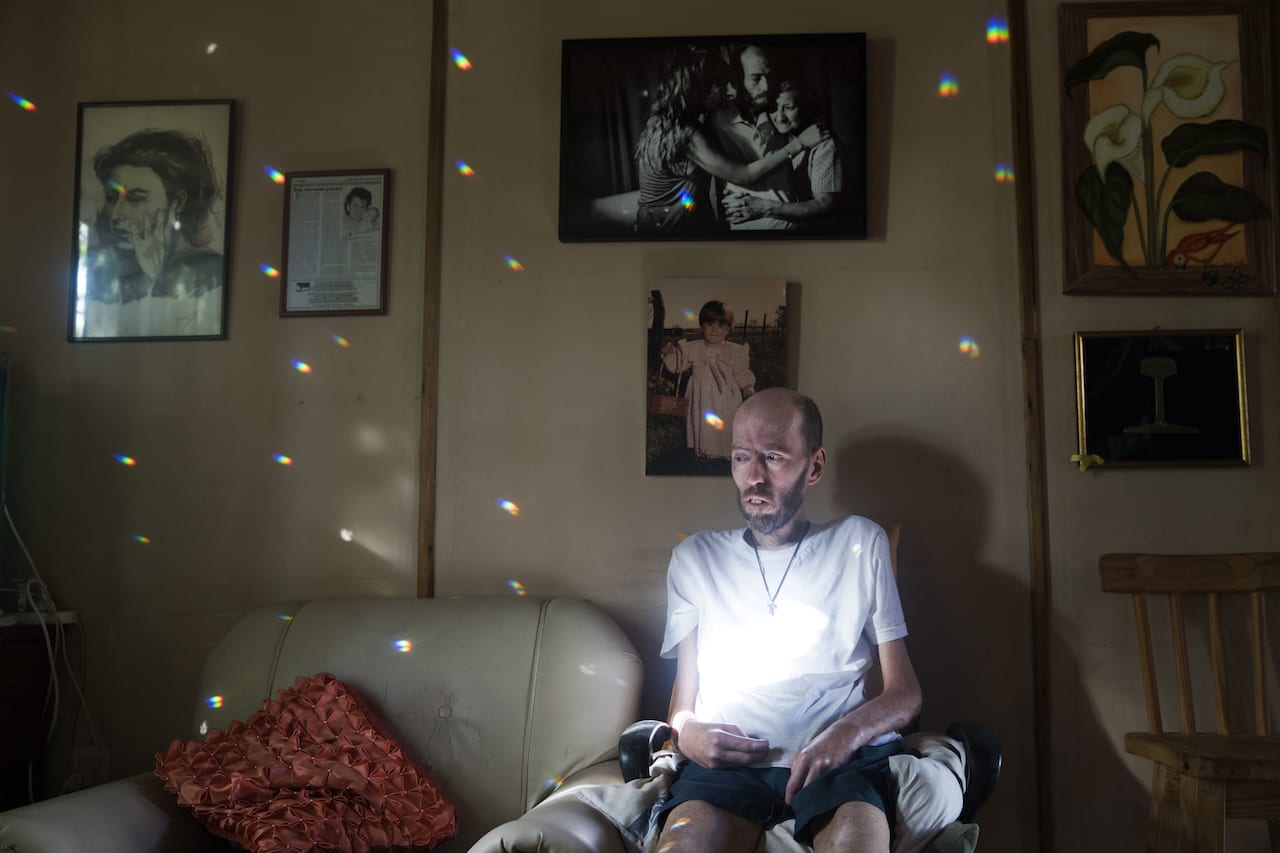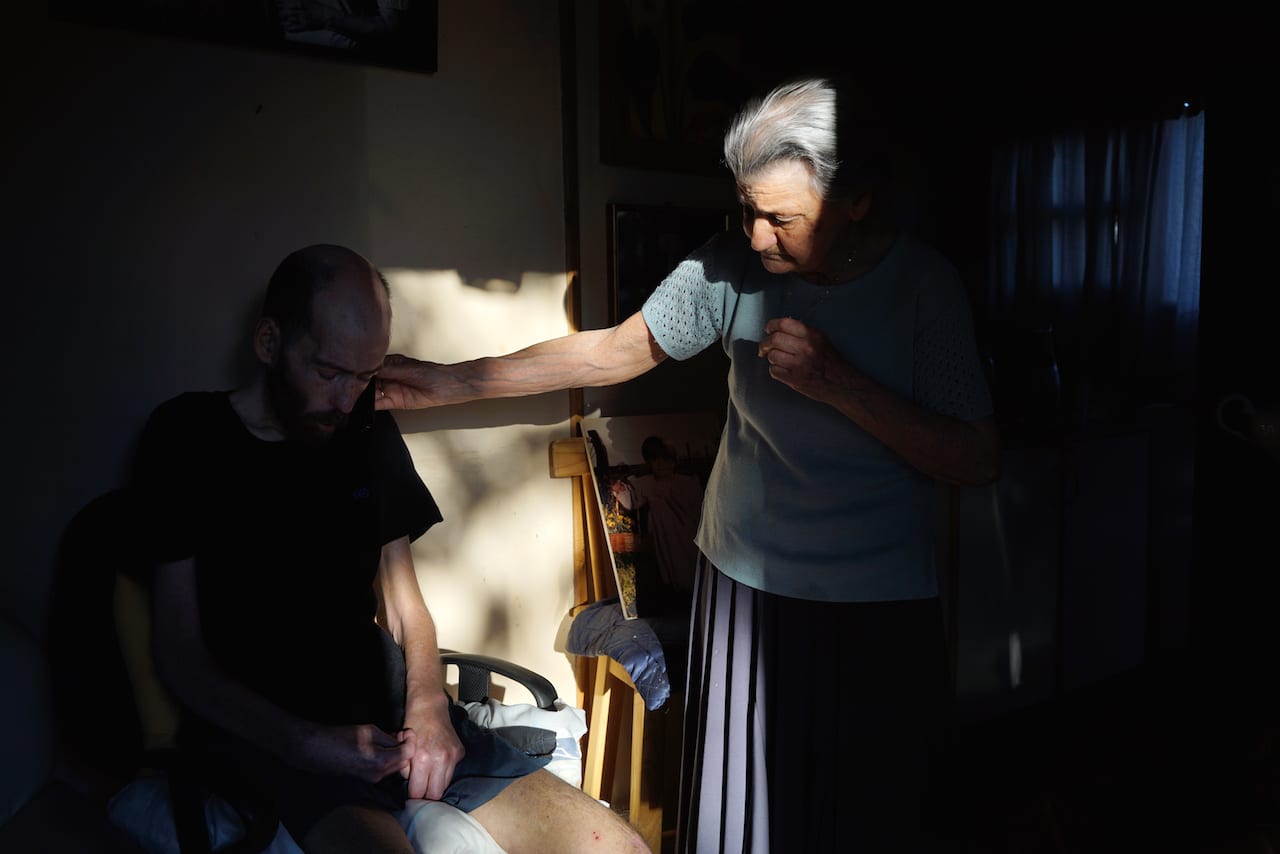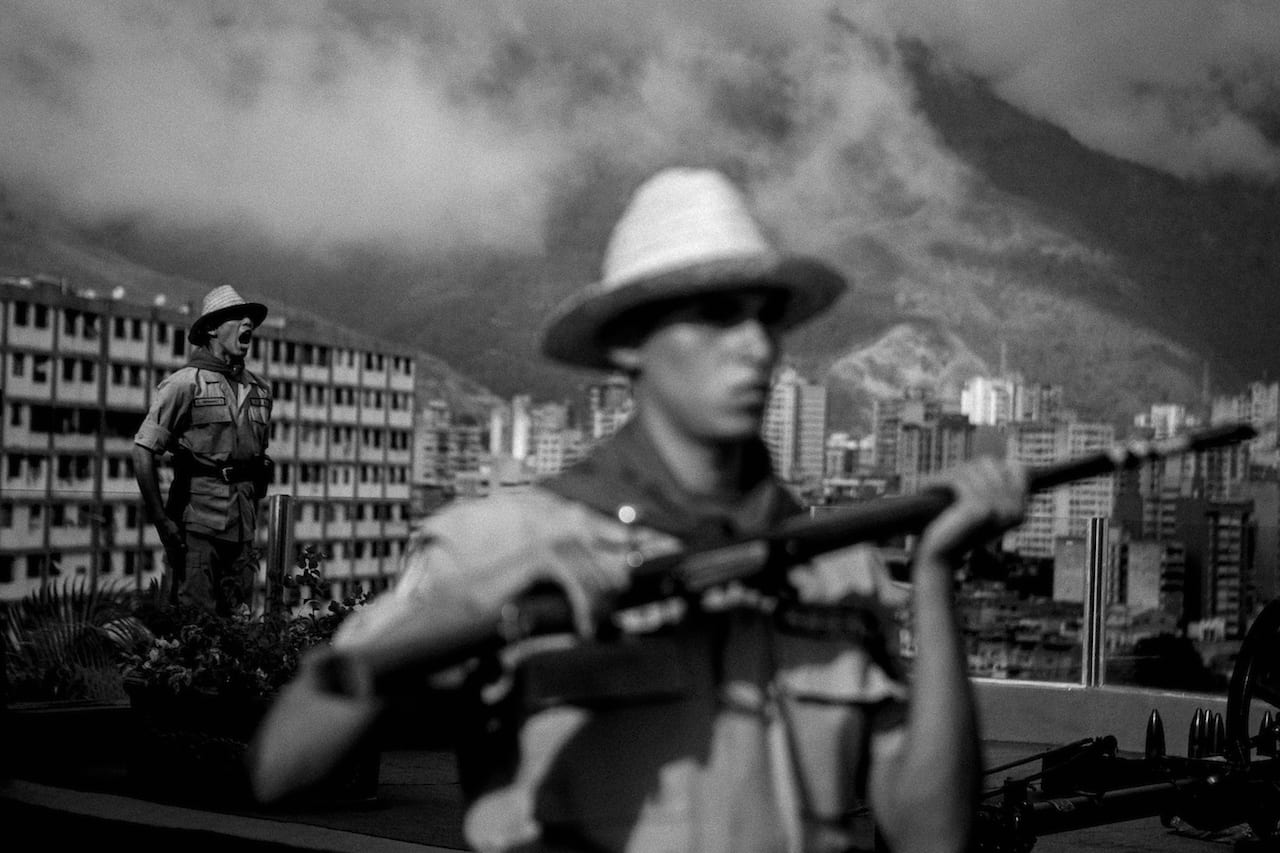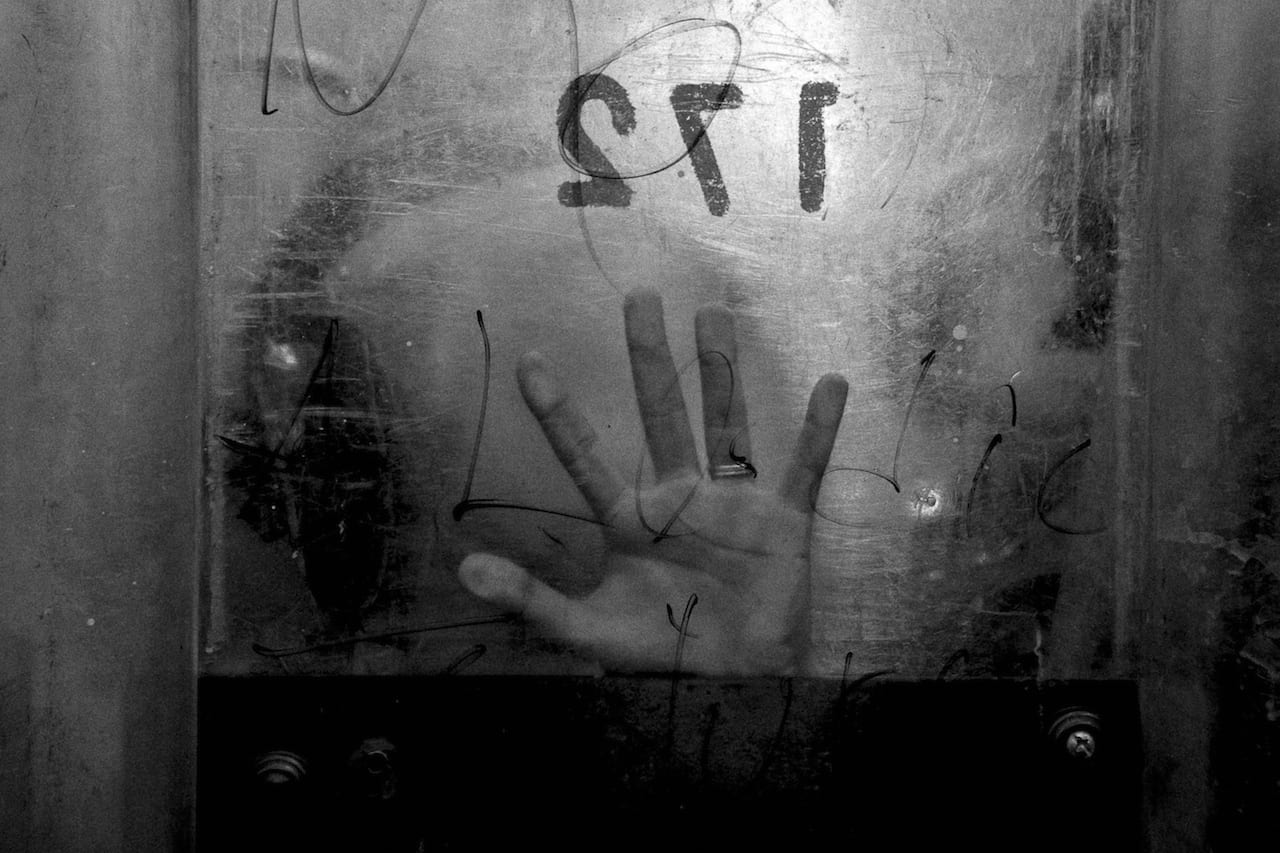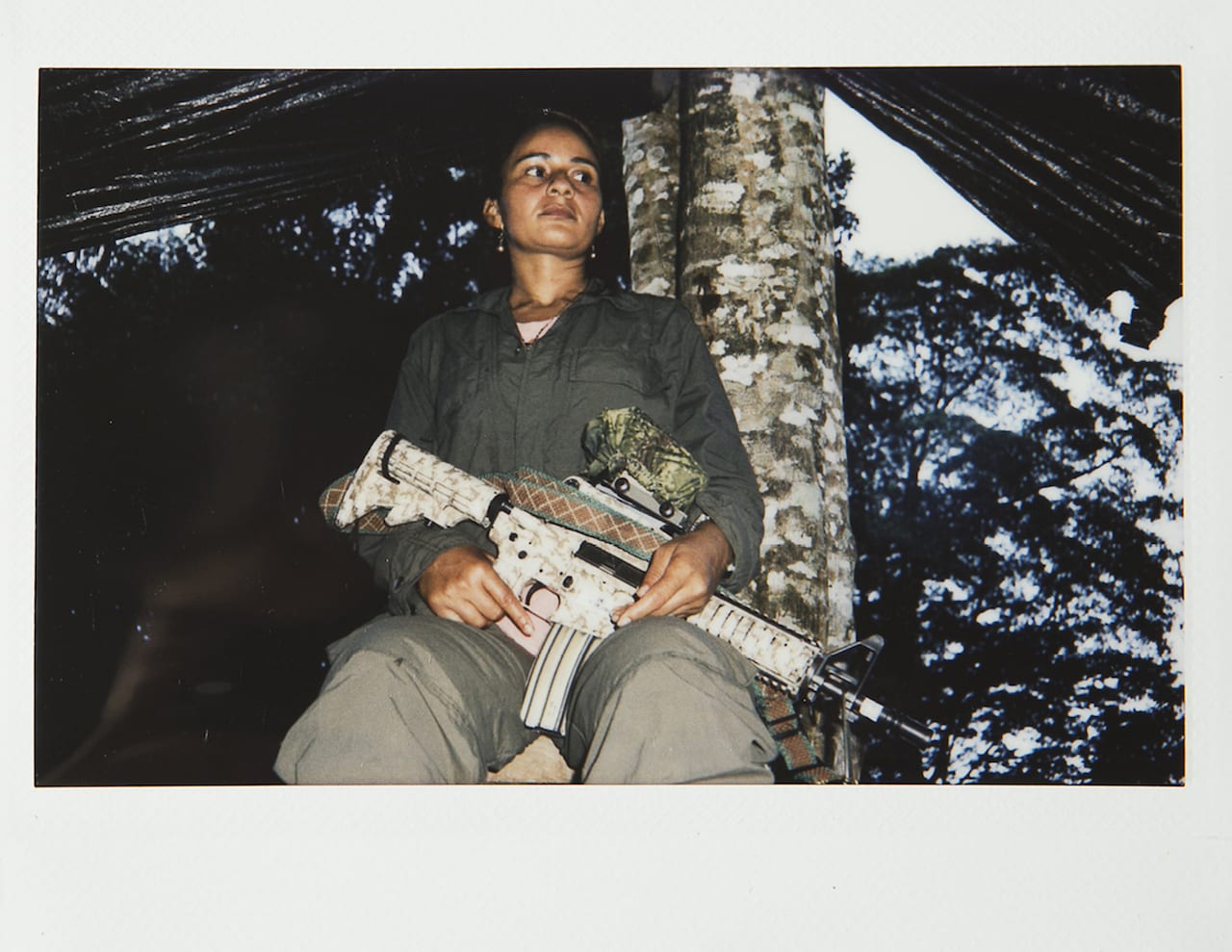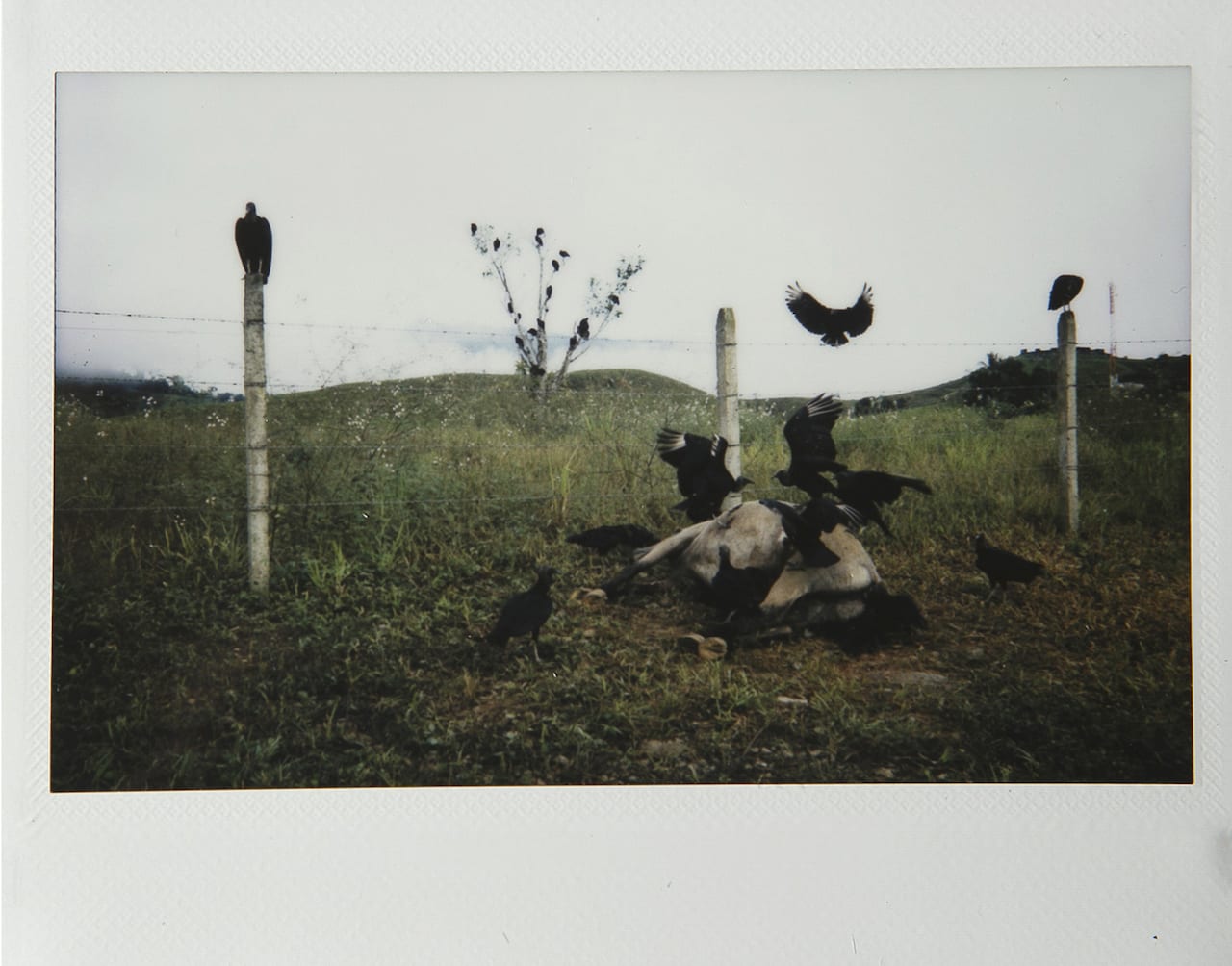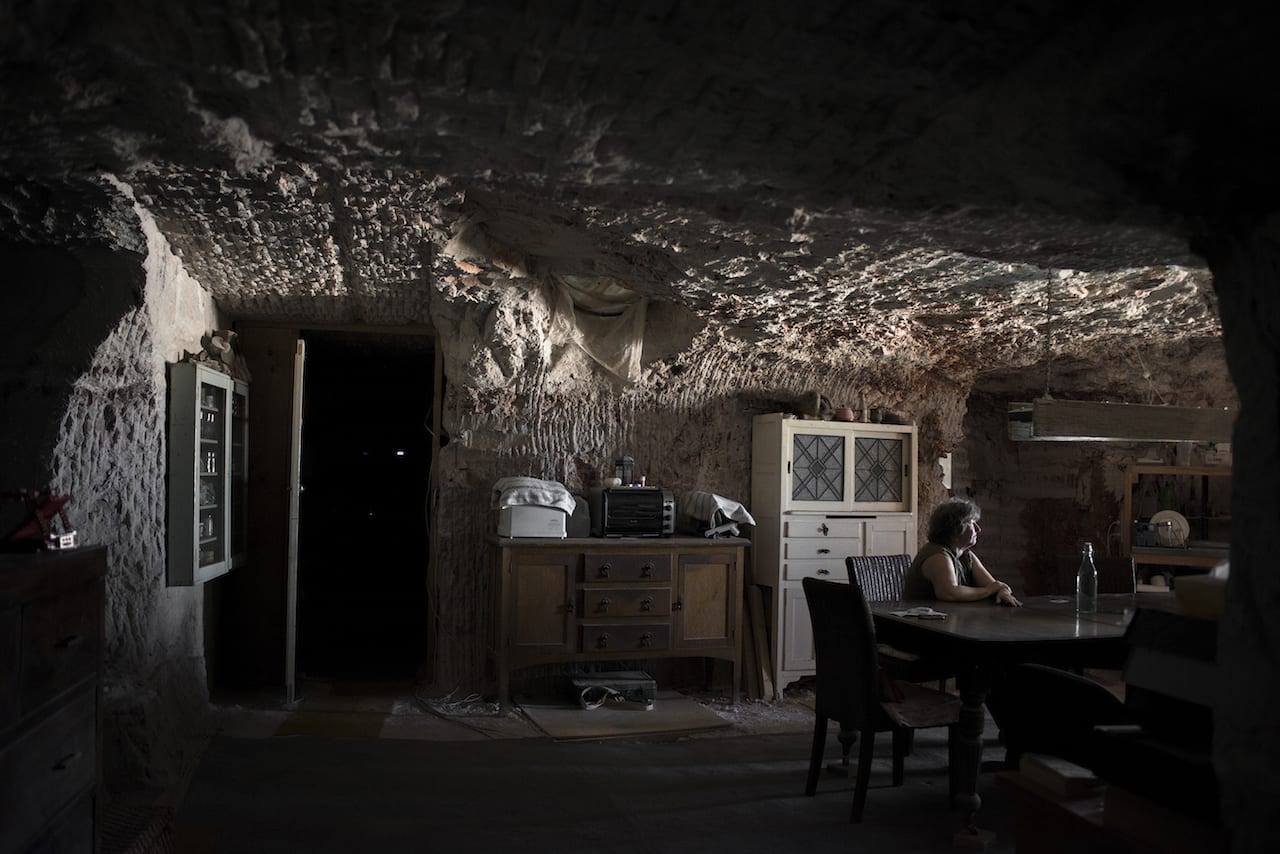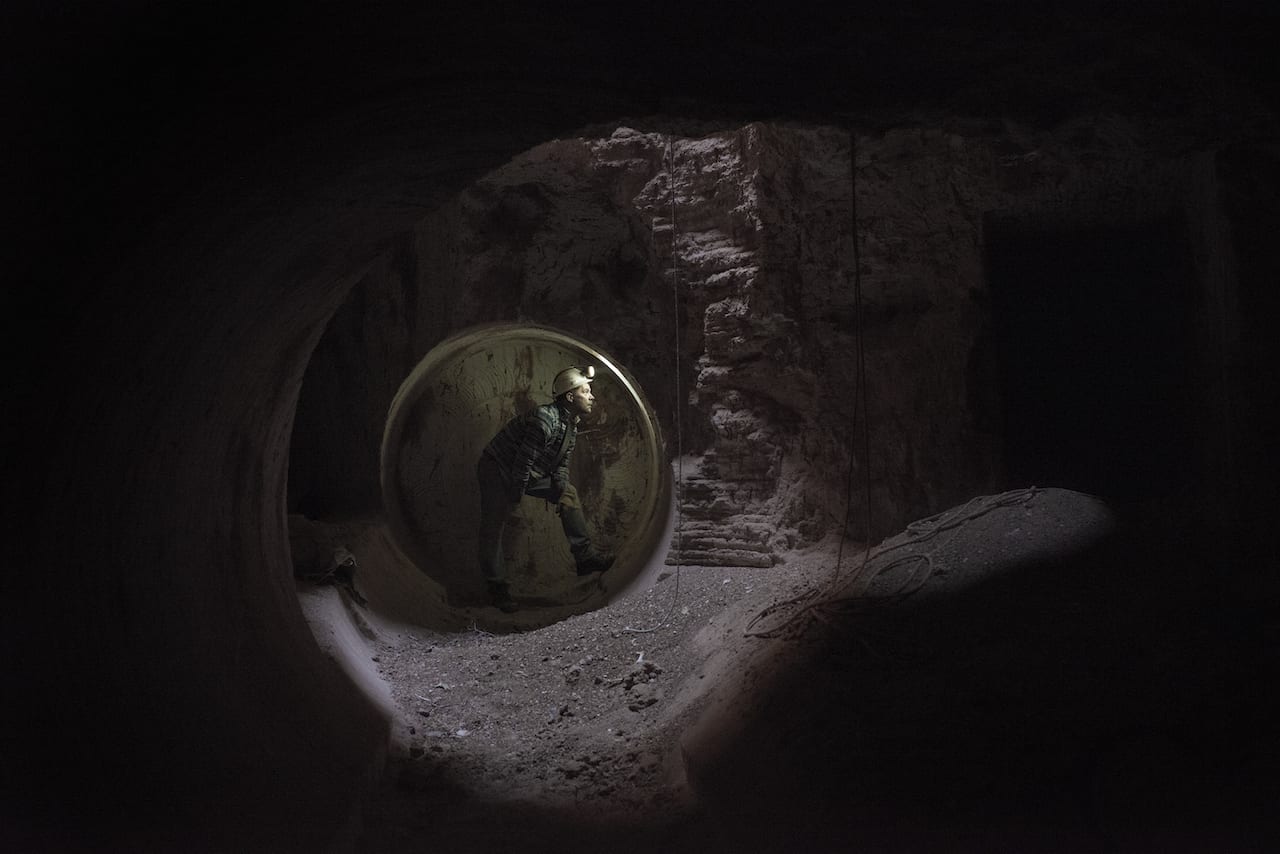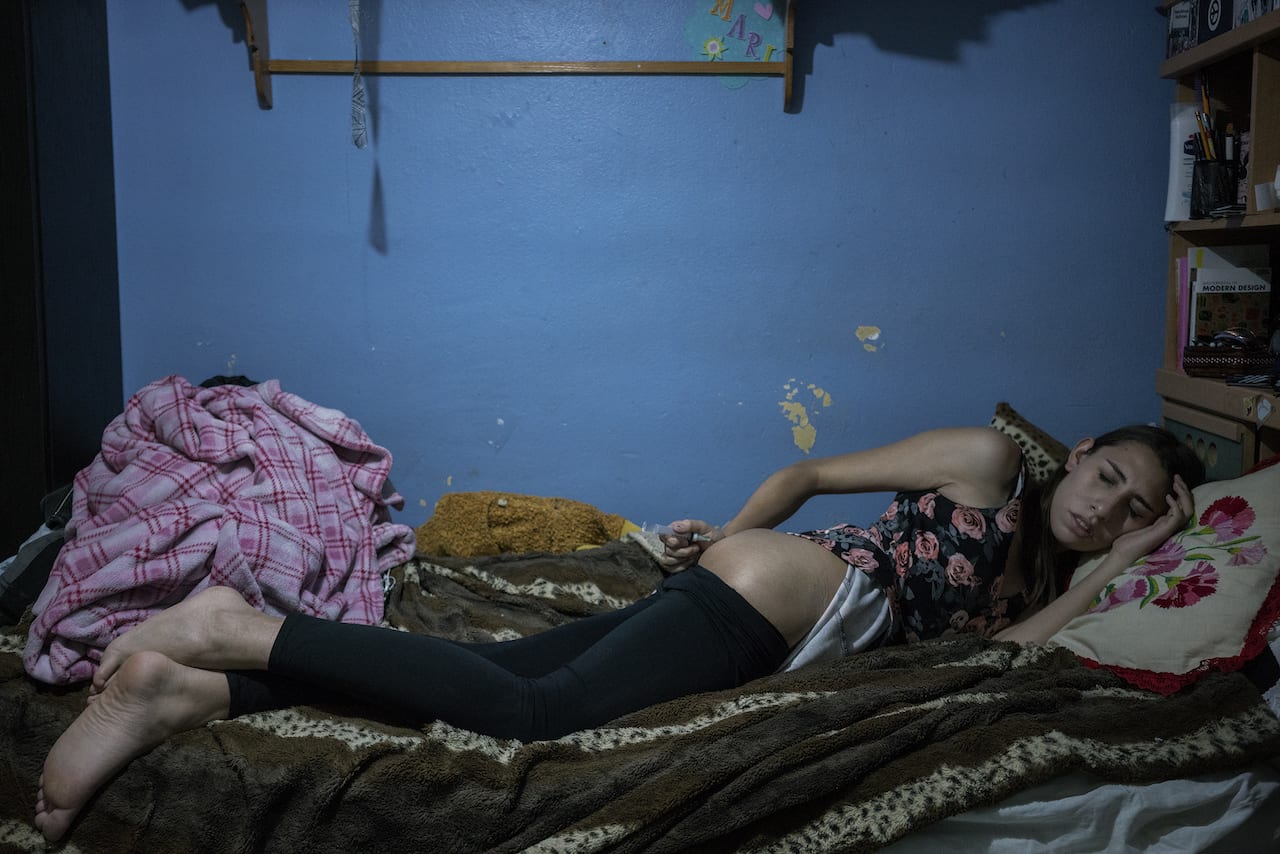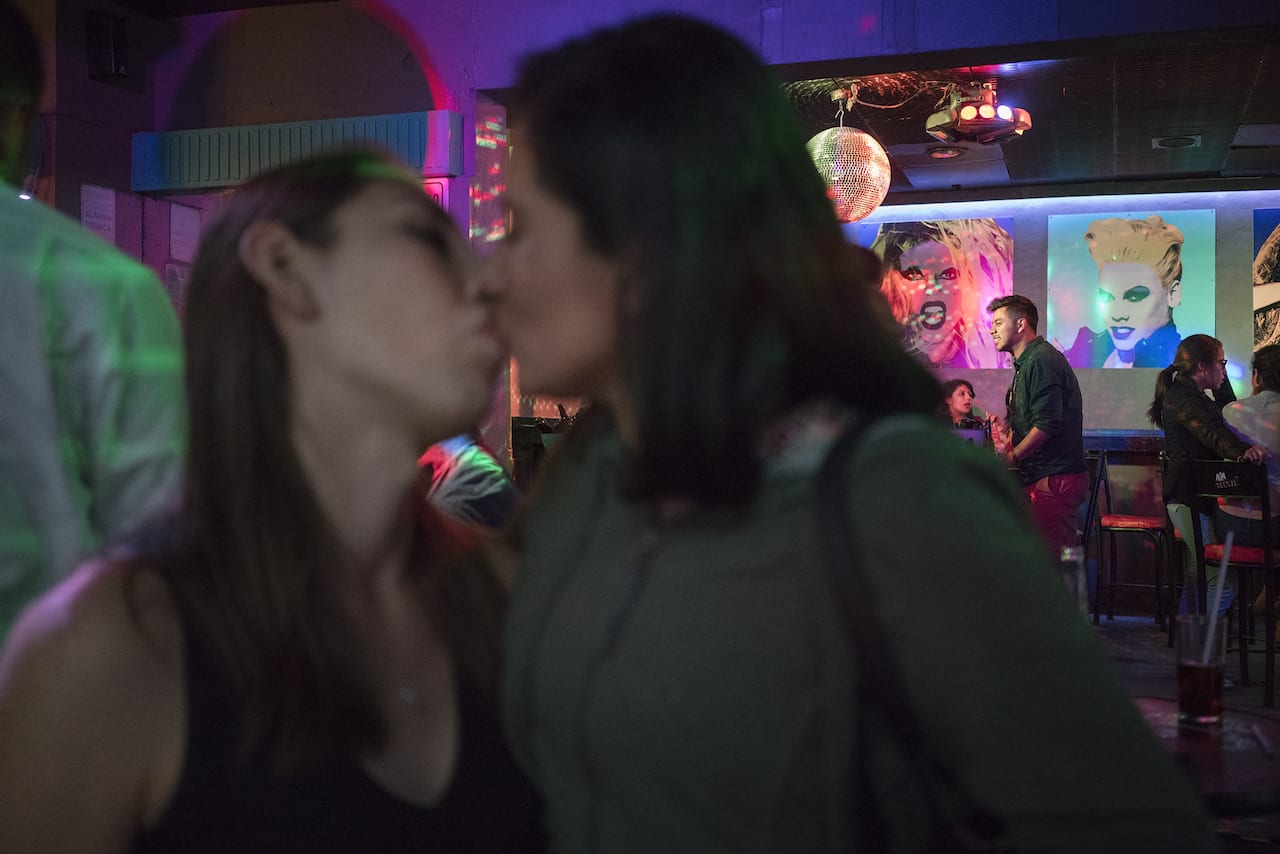“There is no shortage of visual talent around the world, but some people are better known than others,” states World Press Photo. “To develop a new and more diverse visual representation of the world, we need to locate, recognise and share the best work.”
With this in mind it launched the 6×6 Global Talent program, which aims to flag up six new talents drawn from one of six continents every three months. The first 6×6 flagged up six photographers from Southeast Asia and Occeania in November 2017; this time the focus is on South America and the selected image-makers are: Oscar B Castillo (Venezuela), Fabiola Ferrero (Venezuela), Luján Agusti (Argentina), Pablo Ernesto Piovano (Argentina), Felipe Fittipaldi Freire de Carvalho (Brazil), and Tamara Merino (Chile).
The photographers are nominated for consideration by a global panel of 90 photographers, picture editors and curators, and the nominators this time included: Laura Beltrán Villamizar, photography editor, educator and founder of Native Agency; Daniella Zalcman, photographer; and Ruth Eichhorn, freelance photo editor and curator. The final selection was made by Denise Camargo, photographer, professor, researcher, and cultural project manager; Romina Resuche, curator and journalist; and Gihan Tubbeh, photographer.
www.worldpressphoto.org
A member of the maintenance team of General East Cementery in Caracas takes the chairs and material used at the burial of Juan Pablo Pernalete. Juan Pablo, a 20 year old student and basketball player, died while protesting against Nicolas Maduro after been hit on the chest presumably by a tear gas canister shot at body level. From the series Our War – Our Pain © Oscar B Castillo In Los Teques area in the Caracas suburbs hundreds of people wait from the early morning hours to try their chance to get basic products regulated by the government such as oil, sugar, milk or toilet paper. Government-subsidised products have artificially low prices that made the production unsustainable and opened the way for corruption, scarcity, smuggling and price distortion as high as 500% between official and black market prices. From the series Our War – Our Pain © Oscar B Castillo In the outskirts of Caracas at a government workshop about violence and crime a young kid draws daily scenes of violences in his community. The age of entry in crime life is dropping and there are more and more cases involving young boys of 12 or 13 years old. Government have organised workshops for disarmament aiming to include community members in the fight against illegal weapons and violence. From the series Our War – Our Pain © Oscar B Castillo Julio Leite Guimarães, 72, lives and works alone the land that once belonged to his great-grandfather in the county of Barriguda, Brazil. The lack of perspective and newly arrived new technologies in the countryside of Brazil, mainly internet and mobile network, have enabled a profound cultural transformation. The new generation, now connected to new references, tends to migrate in search of opportunities away from isolation and hard work in the fields. Faced with this emptying, the old generation that remains may be the last representative of traditional culture, permeating survival away from their departed heirs. From the series Backlands Sertão © Felipe Fittipaldi Freire de Carvalho Pilgrims walk roads in the hinterland during a religious procession. The region lived a past of messianic beliefs, legends and penances and until today it is a point of religious visits and exploitation. From the series Backlands Sertão © Felipe Fittipaldi Freire de Carvalho The decaying landscape of Atafona, a district of São João da Barra, unveils the power of time over human works. Located in the delta of Paraíba do Sul river, one of the most important rivers in the Brazilian southeast region, Atafona is a place that unveils the action of time on contemporary society and the crisis in the relation between men and nature. In the past decades, the sea has been rising and submerging dozens of the small town’s blocks. Its dunes conceal about 400 buildings, among public constructions, residential blocks, hotels, a gas station and a church. A group of factors that include rising sea levels, strong winds and the disastrous human interventions all along the riverbed, made Atafona the biggest case of sea erosion in Brazil. From the series Eustasy © Felipe Fittipaldi Freire de Carvalho Whatever was left of the district’s bigger hotel, a three-story building with 48 rooms, vanished with the 2008 undertow. Brazil has the world’s largest renewable water resources — with nearly twice as much as Russia, which is in second place, and 12 to 16% of the world’s total supply. The country is now facing the consequences of its abuses. In 2015, other two important Brazilian rivers, São Francisco and Rio Doce, were condemned. São Paulo, Brazil’s biggest city, is running dry. From the series Eustasy © Felipe Fittipaldi Freire de Carvalho San Vicente, Misiones province. In addition to undergoing heart surgery, Talia Belén Soroco suffers from a congenital malformation and severe motor problems. Her father Juan and her mother Anita worked as children in the tobacco fields handling forbidden insecticides like furadan and methyl bromide, among others. Shortly after the birth of Talia they decided to abandon their farm and dedicate themselves to sustainable horticulture. From the series The human cost of agrotoxins © Pablo Ernesto Piovano Monte Maíz, Córdoba province. Alfredo Cerán worked for nine years as an agrochemical land applicator in the soybean fields. The beds of his nails were burned, and at present his clinical condition includes nonalcoholic cirrhosis and three herniated discs. Medical results showed residues of glyphosate, chlorpyrifos, azatrine, 2,4-D and cypermethrin in his blood. From the series The human cost of agrotoxins © Pablo Ernesto Piovano Fabian Tomasi at home. In 1996, the Argentine government approved the commercialisation of soybeans and the use of the herbicide glyphosate. Since then, the cultivable areas of the country became a field of experimentation. At present, 320 million litres of agrochemicals per year fumigate 60 percent of the country’s arable land. In 20 years, the use of agrotoxics in the Argentine fields increased 1057 percent. Dozens of scientific studies and medical surveys have reported the health disaster, yet the use of this poison has caused. Fabian Tomasi was born in Basavilbaso, a city in the Argentine province of Entre Rios, located 300km from the national capital. He is 51 years old and has been working as a farm worker since the age of 23. His job was to load agrochemicals into the crop duster airplanes that would then spray the fields in the area. Ten years ago, he was diagnosed with severe toxic polyneuropathy and the progression of his disease prevents him from eating solids, walking with ease and using his hands. From the series Fabian Tomasi, the shadow of success © Pablo Ernesto Piovano Fabian’s mother, Bety, holds the phone to his ear to allow him talk to his friend. Fabio lives in a small prefabricated house in Basavilbaso with his 21-year-old daughter Nadia and his 80-year-old mother, Bety, who assist him with great love and dedication. From the series Fabian Tomasi, the shadow of success © Pablo Ernesto Piovano Portrait of dancing clown with the typical costume. When they use their masks they prefer not to reveal their identity. From the gang “Cuadrilla de Juquilita”, Coatepec, Veracruz, Mexico, 2016. From the series Payasos Danzantes (Dancing Clowns) © Luján Agusti Jose Luis takes off his mask. From the gang “Cuadrilla de Juquilita”, Coatepec, Veracruz, Mexico, 2016. From the series Payasos Danzantes (Dancing Clowns) © Luján Agusti Portrait of dancing clown with the typical costume. When they use their masks they prefer not to reveal their identity. From the gang “Cuadrilla de Juquilita”, Coatepec, Veracruz, Mexico, 2016. From the series Payasos Danzantes (Dancing Clowns) © Luján Agusti Portrait of a Mexican girl holding the Catholic cross. Carrying a cross is a very common practice during processions. A procession is an organised body of people walking in a formal or ceremonial manner. Processions have in all peoples and at all times been a natural form of public celebration, as forming an orderly and impressive ceremony. Coatepec, Veracruz, 2015. In 2015 I traveled to Mexico to develop a project about religions and beliefs. My aim was to make a documentary register of the Mexican syncretism, the fusion of Catholicism and the pre-Hispanic culture. In the middle of the process, a woman affirmed talking to my mother, who passed away 10 years ago, describing her exactly as she was. From the series Salva tu Alma (Save Your Soul) © Luján Agusti Detail of dead hummingbird. The selling of dead hummingbirds is very common in the witchcraft markets as they are used for ties of love. A tie of love is a kind of spell that according to some magical and folkloric traditions is able to generate in the person who receives it, feelings of love for the person who performs it. Mexico, 2015. From the series Salva tu Alma (Save Your Soul) © Luján Agusti Two members of the militia, a “defence group” created by late President Hugo Chávez, during the commemoration of the third year anniversary of his death, on 05 March 2017. Even though the country is going through a severe food crisis, the defence and military budget is nine times the food budget. From the series Blurred in Despair © Fabiola Ferrero A female security officer holds her shield after a man kicked her repeatedly on an opposition demonstration in Caracas on 21 April 2017. From the series Blurred in Despair © Fabiola Ferrero Daniela Leal (37) a member of FARC-EP rests in the the Zona Transitoria Héctor Ramírez in Florencia, Colombia. She joined the movement after visiting her sister in the FARC camp. A few years after, her sister died. She holds her riffle in her name. From the series MotherEarthConflict © Fabiola Ferrero A horse is eaten by vultures on the way to Zabaleta, a coca village in Colombia. From the series MotherEarthConflict © Fabiola Ferrero Gabriele Gouellain, a German immigrant, waits in the kitchen for her husband to return from mining. According to the Coober Pedy district council, about 60 percent of the town’s residents are originally from Europe, having migrated to the area after World War II. The town of Coober Pedy, which derives its name from the aboriginal name Kupa-Piti, or white man hole, is located in the southern Australian outback and is isolated 500 miles away from the nearest large city. Coober Pedy exists as a subterranean culture, in which the majority of the population searches for the great wealth of opal deposits there. This is an unconventional town where most of its social and personal life takes place under the vast and lonely land itself. From the series Underland © Tamara Merino Goran Dakovic, a miner from former Yugoslavia, searches for any trace of opal on the wall. He has found a good amount of opal while working on this mine by himself for over three years. Maria Fernanda puts on her monthly injection of estrogen hormones as part of her gender change treatment. This treatment is used to change the secondary sexual characteristics of transgender and transsexual people from masculine to feminine and develop the secondary sex characteristics of the desired sex, such as breasts and a feminine pattern of hair, fat, and muscle distribution. Since July 2009, The Condesa Hospital located in Mexico City offers a free gender change service through hormonal and psychological treatment. Maria Fernanda, a trans woman from Mexico City who has been taking free hormonal and psychological treatment at La Condesa Hospital, is an example of the successful results that are possible for trans people when governments offer progressive solutions. From the series My name was © Tamara Merino María Fernanda and Ana, her girlfriend, kiss in a gay bar, where they can live their love freely and without prejudice. Mexico has the second-highest rate of violence and trans murders worldwide. The security and human rights of trans people are vulnerable and they are constantly suffering from inequality, violence and exclusion. Nevertheless Mexico has some of the most progressive laws for trans people and it’s also one of few places in the world where trans people can receive hormonal treatment at no cost, as well as legally change their name and gender identity in their birth certificates. From the series My name was © Tamara Merino
Tags:
Daniella Zalcman ,
Denise Camargo ,
Fabiola Ferrero ,
Felipe Fittipaldi Freire de Carvalho ,
Gihan Tubbeh ,
Laura Beltrán Villamizar ,
Luján Agusti ,
native agency ,
Oscar B Castillo ,
Pablo Ernesto Piovano ,
Romina Resuche ,
Ruth Eichhorn ,
Tamara Merino ,
World Press Photo
